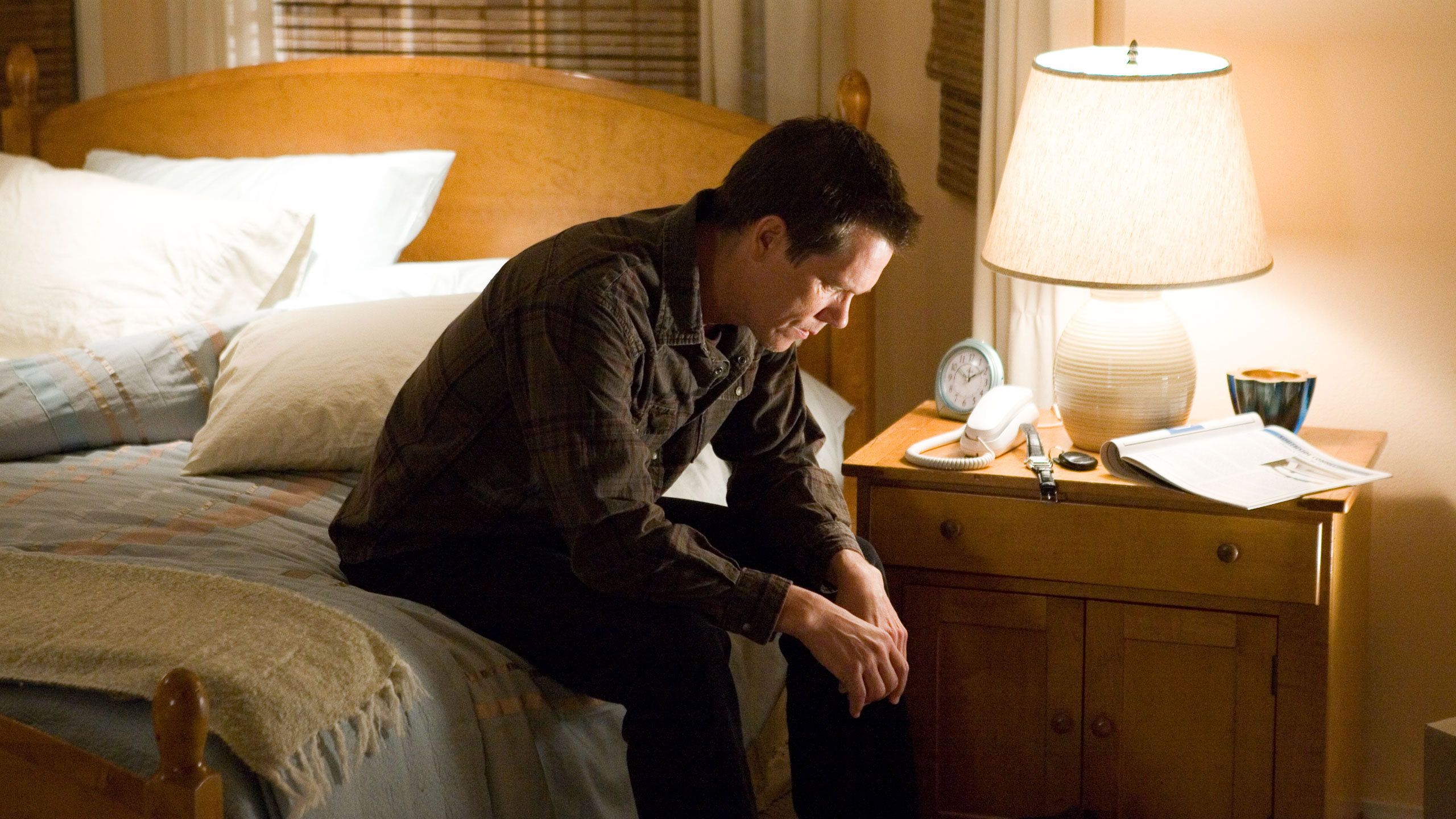Ever wondered what makes movie rails such a game-changer in the filmmaking world? Well, buckle up because we’re about to dive deep into this fascinating topic. Whether you’re a filmmaker, a content creator, or just someone who loves the art of cinema, understanding movie rails can elevate your projects to new heights. These versatile tools are more than just tracks—they’re the backbone of smooth, dynamic shots that bring stories to life.
Movie rails might sound like a technical term reserved for pros, but trust me, they’re not as intimidating as they seem. In fact, once you get the hang of it, you’ll realize how accessible and game-changing these bad boys can be. From tracking shots to stabilizing heavy cameras, movie rails are the unsung heroes of modern filmmaking.
So why should you care about movie rails? Because they’re the secret sauce behind those jaw-dropping scenes that make you go, “Whoa, how did they do that?” Whether you’re shooting a blockbuster or a DIY YouTube video, movie rails can add that professional touch that sets your work apart. And hey, who doesn’t want to look like a pro?
- Jay White Manson A Rising Star In The World Of Wrestling
- Sdmoviespoint Your Ultimate Destination For Highquality Movies
What Are Movie Rails?
Let’s start with the basics. Movie rails, also known as dolly tracks or camera sliders, are essentially tracks that allow a camera to move smoothly along a defined path. Think of them as a train track for your camera, ensuring every shot is steady and precise. They come in various sizes, from compact handheld sliders to massive tracks that span entire sets.
Movie rails are designed to provide stability and fluidity, which is crucial for creating professional-grade videos. Without them, your shots might end up shaky or uneven, which can ruin the viewing experience. By incorporating movie rails into your setup, you can achieve those cinematic movements that make your audience feel like they’re part of the story.
How Do Movie Rails Work?
At their core, movie rails work by supporting the camera on a stable platform that glides along the tracks. This setup allows for smooth lateral movements, which are essential for tracking shots. Most movie rails come equipped with wheels or bearings that reduce friction, ensuring the camera moves effortlessly.
- Layla Jenner The Rising Star Whorsquos Capturing Hearts
- Discovering The Legacy Of William Prince Of Wales A Modern Royal Icon
Some advanced models even feature motorized systems that allow for automated movements, giving filmmakers precise control over the speed and direction of the shot. This level of precision is what separates amateur videos from professional productions.
Types of Movie Rails
Not all movie rails are created equal. Depending on your project’s needs and budget, you’ll find a wide variety of options to choose from. Here’s a quick breakdown of the most common types:
- Handheld Sliders: Perfect for compact setups, these portable rails are ideal for small-scale projects or on-the-go shooting.
- Mid-Range Tracks: These are great for medium-sized productions, offering a balance between portability and stability.
- Full-Sized Dolly Tracks: If you’re working on a big-budget film, these heavy-duty rails are the way to go. They can handle large cameras and complex movements.
- Motorized Systems: For those who want to take their game to the next level, motorized rails offer automated control over camera movements, resulting in flawless shots.
Choosing the Right Movie Rails for Your Project
Picking the right movie rails can be overwhelming, especially with so many options available. Here are a few factors to consider:
- Budget: How much are you willing to spend? Movie rails can range from affordable to high-end, so set a budget before you start shopping.
- Project Size: Are you shooting a short film or a feature-length movie? The scale of your project will determine the type of rails you need.
- Portability: If you’re constantly on the move, lightweight and compact rails might be the better choice.
- Compatibility: Ensure your chosen rails are compatible with your camera and other equipment.
Why Are Movie Rails Essential for Filmmakers?
In the world of filmmaking, every detail matters. Movie rails play a crucial role in creating visually stunning shots that captivate audiences. By providing stability and fluidity, they enable filmmakers to experiment with different angles and movements, resulting in more engaging content.
Think about it: how many times have you watched a movie and been blown away by a perfectly executed tracking shot? Chances are, those shots were made possible by movie rails. They’re the reason why your favorite films look so polished and professional.
Benefits of Using Movie Rails
Still not convinced? Here are some key benefits of incorporating movie rails into your filmmaking arsenal:
- Improved Stability: Say goodbye to shaky shots and hello to smooth, professional-grade footage.
- Creative Freedom: With movie rails, you can explore new angles and movements that weren’t possible before.
- Enhanced Production Value: Your videos will look more polished and cinematic, giving them a competitive edge.
- Cost-Effective: While high-end models can be pricey, there are plenty of affordable options that deliver excellent results.
Setting Up Movie Rails: A Step-by-Step Guide
Now that you know why movie rails are important, let’s talk about how to set them up. While the process may vary depending on the type of rails you’re using, here’s a general guide to get you started:
- Choose a Location: Find a flat, stable surface to place your rails. Uneven ground can affect the smoothness of your shots.
- Assemble the Rails: Follow the manufacturer’s instructions to assemble your rails. This usually involves connecting the tracks and attaching the camera mount.
- Secure the Setup: Make sure everything is tightened and secure to prevent any accidents during filming.
- Mount the Camera: Attach your camera to the mount and adjust the settings as needed.
- Test the Movement: Before you start shooting, test the rails to ensure they move smoothly and without any obstructions.
Tips for Getting the Most Out of Your Movie Rails
To maximize the potential of your movie rails, here are a few pro tips:
- Practice Makes Perfect: Spend some time experimenting with different movements and angles to get comfortable with your setup.
- Use a Tripod: For added stability, consider using a tripod in conjunction with your rails.
- Experiment with Speed: Varying the speed of your movements can add depth and interest to your shots.
- Think Outside the Box: Don’t be afraid to try unconventional setups, like mounting the rails at an angle or using them in unexpected locations.
Common Mistakes to Avoid
Even the best filmmakers make mistakes, but with the right knowledge, you can avoid some common pitfalls when using movie rails:
- Ignoring Surface Conditions: Always check the surface where you’re placing your rails to ensure it’s flat and stable.
- Overloading the Rails: Be mindful of the weight capacity of your rails and avoid exceeding it.
- Skipping Maintenance: Regularly clean and lubricate your rails to ensure they function properly.
- Rushing the Setup: Take your time when assembling and testing your rails to avoid costly mistakes during filming.
How to Troubleshoot Movie Rails Issues
Even with proper care, issues can arise. Here’s how to troubleshoot some common problems:
- Uneven Movement: Check for obstructions or debris on the tracks.
- Noise During Operation: Lubricate the wheels or bearings to reduce friction.
- Camera Shake: Tighten all connections and ensure the camera is securely mounted.
Real-World Examples of Movie Rails in Action
There’s no better way to understand the power of movie rails than by looking at real-world examples. From Hollywood blockbusters to indie films, these tools have been used to create some of the most iconic scenes in cinema history.
Take, for instance, the opening sequence of “The Revenant,” where the camera glides effortlessly through dense forests and rugged terrains. Or consider the tracking shots in “Mad Max: Fury Road,” which seamlessly follow the high-speed chases. These breathtaking moments wouldn’t have been possible without the use of movie rails.
Case Studies: Filmmakers Who Swear by Movie Rails
Many renowned filmmakers have spoken about their love for movie rails. Here are a few examples:
- Alfonso Cuarón: Known for his innovative use of camera movements, Cuarón often relies on movie rails to achieve his signature style.
- Christopher Nolan: A master of visual storytelling, Nolan frequently uses rails to create dynamic shots that enhance the narrative.
- Greta Gerwig: Even in more intimate films like “Lady Bird,” Gerwig uses rails to add a layer of professionalism to her shots.
Future Trends in Movie Rails Technology
As technology continues to evolve, so do movie rails. Innovations in materials, design, and automation are pushing the boundaries of what’s possible in filmmaking. Here are a few trends to watch out for:
- Lightweight Materials: Manufacturers are experimenting with carbon fiber and other lightweight materials to make rails more portable without sacrificing strength.
- Wireless Controls: Remote-controlled systems are becoming more prevalent, allowing filmmakers to operate rails from a distance.
- AI Integration: Some companies are exploring the use of AI to enhance the precision and adaptability of movie rails.
What Does the Future Hold for Filmmakers?
With advancements in movie rail technology, the possibilities for filmmakers are endless. As these tools become more accessible and affordable, we can expect to see even more creative and innovative uses in the years to come.
Conclusion: Elevate Your Filmmaking Game with Movie Rails
In conclusion, movie rails are an indispensable tool for anyone serious about filmmaking. They offer stability, creativity, and professionalism that can take your projects to the next level. By understanding their importance and learning how to use them effectively, you can unlock new possibilities in your work.
So, what are you waiting for? Dive into the world of movie rails and start creating those cinematic masterpieces you’ve always dreamed of. And don’t forget to share your experiences in the comments below—we’d love to hear from you!
Table of Contents:
- A Closer Look At Nathan Fillion His Life Career And Impact
- Chris Motionless The Ultimate Guide To His Life Career And Legacy


